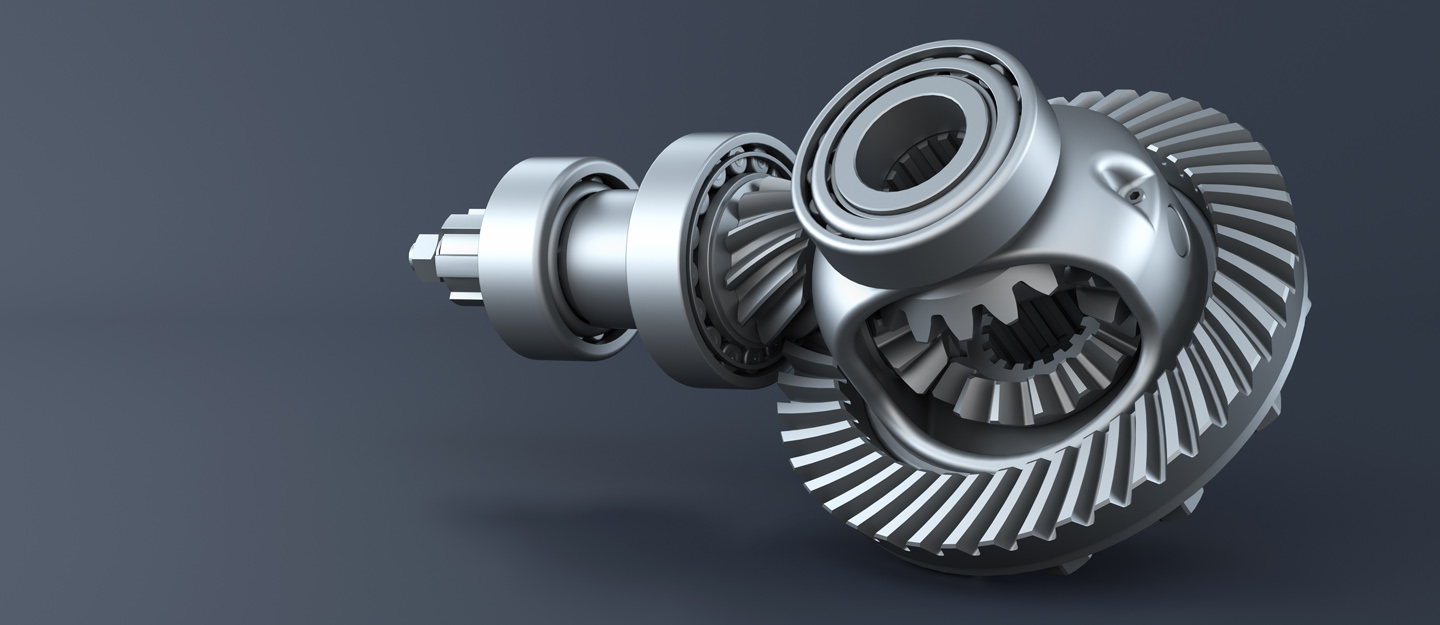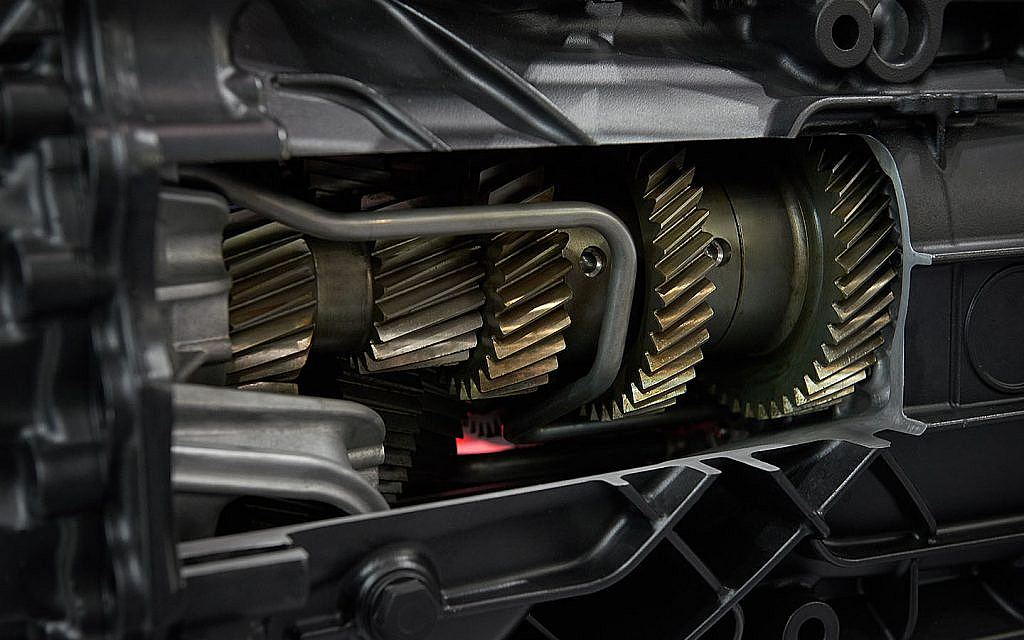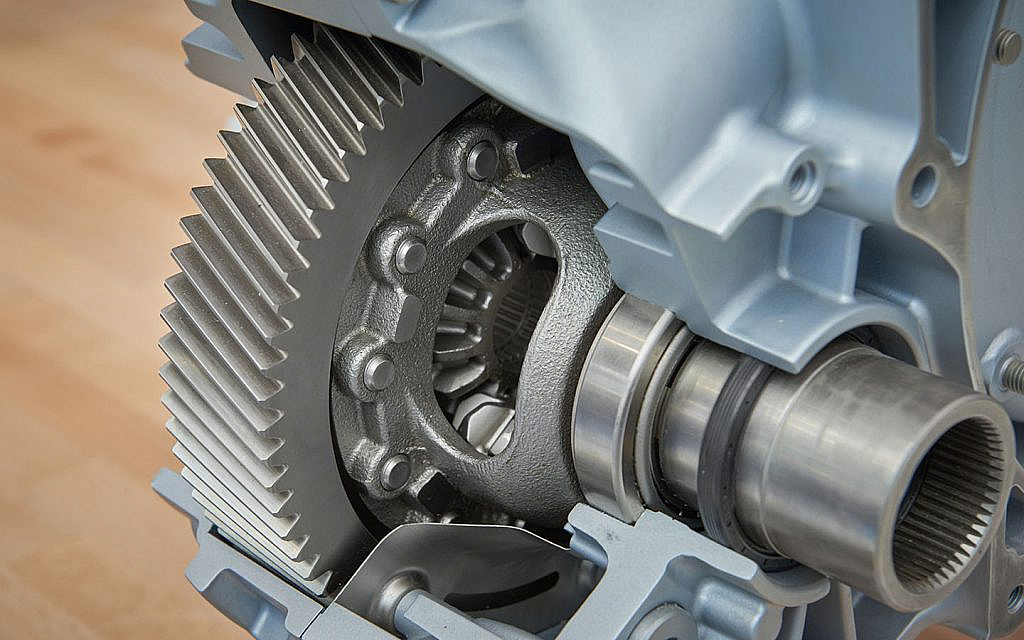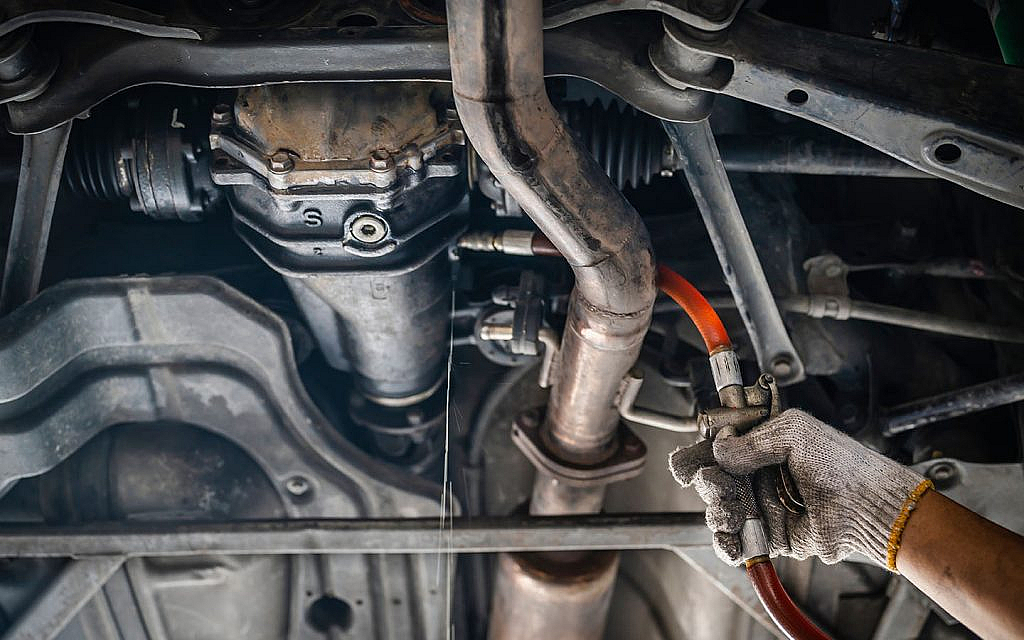Limited Slip Differential vs Open Differential

Understanding the drivetrain components and how they distribute the power to the wheel while accelerating or turning can help drive effectively. Car differentials play a crucial role in turning the vehicle among these components. The two common types of differentials, i.e. limited-slip (LSD) and open differential, have different functions, working and advantages.
Let’s delve into the main differences between limited slip differential vs open differential and how to determine the type of differential used in your vehicle.
What’s the Difference Between Limited Slip Differential and Open Differential?
The car differential system plays an important role when turning the vehicle. That said, the differential transmits the power to the wheels, allowing them to move at varying speeds. The outer wheel turns further and faster than the inner wheels when turning. Therefore, accurate power from the differential helps maintain traction on the road.
The main difference encountered in limited slip differential vs open differential is that the latter transfers more power to the less resisting wheel. Meanwhile, the limited-slip differential transmits power to the wheel with the most traction.
The differences between these differential systems don’t end here. There is more to it. Let’s go through how these two functions and provide different utilities.
Functionality

Open differentials are the traditional differentials found in most vehicles. They distribute torque equally between both wheels, ensuring rotation at the same speed when going straight.
However, when traction varies between the wheels, an open differential sends power to the wheel with less traction, causing it to spin. This can result in power loss and reduced traction.
The main difference between the limited slip and open differential is that the LSD uses a combination of mechanical, hydraulic, or electronic systems to transfer power to the wheel with better traction. It allows differentiation in wheel speeds.
LSD’s mechanism provides improved traction and control, particularly when one wheel encounters less grip. It gives the advantage of the limited-slip differential in cars when off-roading or driving on race tracks.
For instance, the all-new Elantra N 2023 comes with an electronic limited-slip differential, offering enhanced performance on race tracks.
Traction and Performance:
Due to their design, open differentials direct power to the wheel with the least resistance. While this is advantageous for smooth turns and manoeuvrability, it can be problematic in low-traction situations.
If one wheel loses grip, the open differential will send power to that wheel, reducing overall traction and potentially causing the vehicle to get stuck. This disadvantage of open differential makes it unsuitable for off-road conditions. However, LSDs are engineered to enhance traction and vehicle performance.
By transferring torque to the wheel with better grip, LSDs minimise wheel spin and maximise traction, making them particularly beneficial on slippery roads or during off-roading. That said, improved traction allows for better acceleration, stability, and control, especially during cornering.
Handling and Stability

Open differentials offer predictable and smooth handling characteristics, as both wheels rotate at the same speed during turns. It is an advantage of open differentials when driving on normal roads.
However, they can be prone to understeer, where the vehicle tends to push straight instead of turning when one wheel loses traction. This can be challenging in high-performance or sporty driving situations.
LSDs limit the speed difference between the two wheels and provide better stability. They help reduce understeer and oversteer tendencies, allowing drivers to maintain better control over their vehicles, especially during aggressive cornering or challenging road conditions.
Cost and Complexity
Open differentials are simple in design and relatively inexpensive to manufacture. That’s the main difference between the limited slip and open differentials. Open differentials have been widely adopted in most vehicles due to their cost-effectiveness and practicality for everyday driving scenarios.
Compared to open differentials, LSDs are more complex and costly to produce. The added mechanical or electronic components increase manufacturing expenses. Consequently, LSDs are commonly found in performance-oriented vehicles or as aftermarket upgrades for enthusiasts seeking enhanced traction and handling in off-roading conditions.
How to Know if Your Vehicle Has an Open or Limited Slip Differential?
The simplest way to tell the difference between the two is to jack up the vehicle. Rotate one wheel. If the other wheel rotates in the same direction, your car has a limited-slip differential. However, the other wheel rotates in a different direction if your vehicle has an open differential.
What are the Locations of These Two Types of Differentials?

Most passenger and standard vehicles have open differentials. Differentials in 4WD and AWD can have open or limited-slip differentials. Moreover, most 4WD vehicles have car differential locks to connect rear differentials. This allows the car to provide better stability while rotating the wheels at different speeds.
That wraps up the differences between the limited slip differentials and open differentials. The limited slip differentials have an upper edge. However, the cost is higher due to an improved design. On the other hand, open differentials are best suited for regular driving.
Therefore, when buying a used car for sale in the UAE, one must check the vehicle specifications and determine the vehicle they need. Alongside this, you can also learn about differential fluids if your car has a hydraulic one.
Stay tuned to the dubizzle cars blog to learn more about car differentials and other crucial components in a vehicle.
Leave a Reply